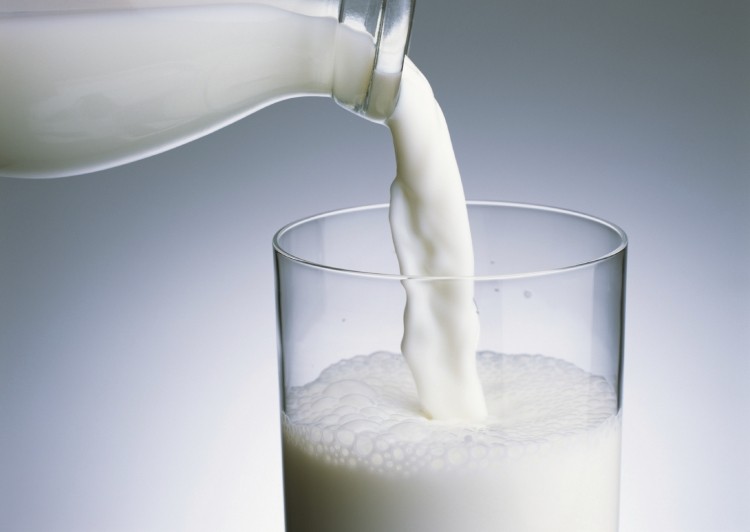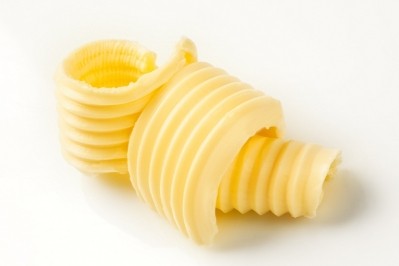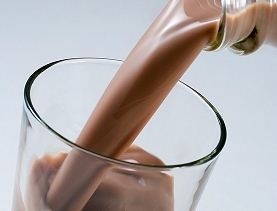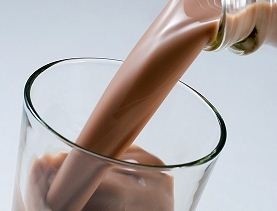US researchers link low-fat milk consumption with pre-school obesity

Researchers from the Division of Pediatric Endocrinology at the University of Virginia School of Medicine found that after adjusting for ethnic and economic factors children who drank skim or 1%-fat milk had higher body mass index (BMI) scores than those who drank whole or 2%-fat milk.
The goal of the study, Longitudinal evaluation of milk type consumed and weight status in per-schoolers, was to evaluate the relationship between milk fat consumption and BMI.
The findings challenge a recommendation from the American Academy of Pediatrics (AAP) and the American Heart Association (AHA) that after the age of two children should drink low-fat or skim milk to reduce their saturated fat intake and avoid excess weight gain.
Neither the AHA nor the AAP were immediately available to comment on the findings.
Low-fat associated with “overweight and obesity”
The researchers – led by Dr Mark DeBoer - assessed the relationship between milk fat consumption and BMI among 10,700 pre-school children at the age of two and four - studied as part of the 2001 Early Childhood Longitudinal Survey Birth Cohort (ECLS-B).
“To assess longitudinal associations of milk type with weight gain over time, we selected children reported to drink 1%-fat/skim milk (low-fat) at both two and four years and those reported to drink 2%/whole milk (high fat) at both time points,” said the report.
The team’s initial hypothesis was that “low-fat milk would be associated with lower BMI score and less weight gain over time.”
The researchers discovered, however, that children drinking 1%-fat or skim milk at both two and four years were more likely to become overweight or obese between these ages.
"In conclusion, we found that among pre-schoolers, consumption of 1%/skim milk was associated with overweight and obesity,” said the study. “While uncertain, these findings may reflect an increase in adherence to the recommendations of physicians and the AAP among families of children who are overweight/obese.”
Satiety-inducing milk fats…
Alternatively, higher levels of satiety-inducing milk fats in whole milk or 2% fat milk could be behind the findings, the study added.
“At least theoretically, high-fat milk intake may result in less weight gain if its consumption leads to an overall decrease in calories consumed,” it said.
“The presence of fat can induce satiety through the release of cholecystokinin and other factors. This could potentially lower appetite for other calorically dense foods, as noted in pre-schoolers who drink excessive volumes of milk and concurrently eat less iron-containing food, contributing to iron deficiency anaemia.”














